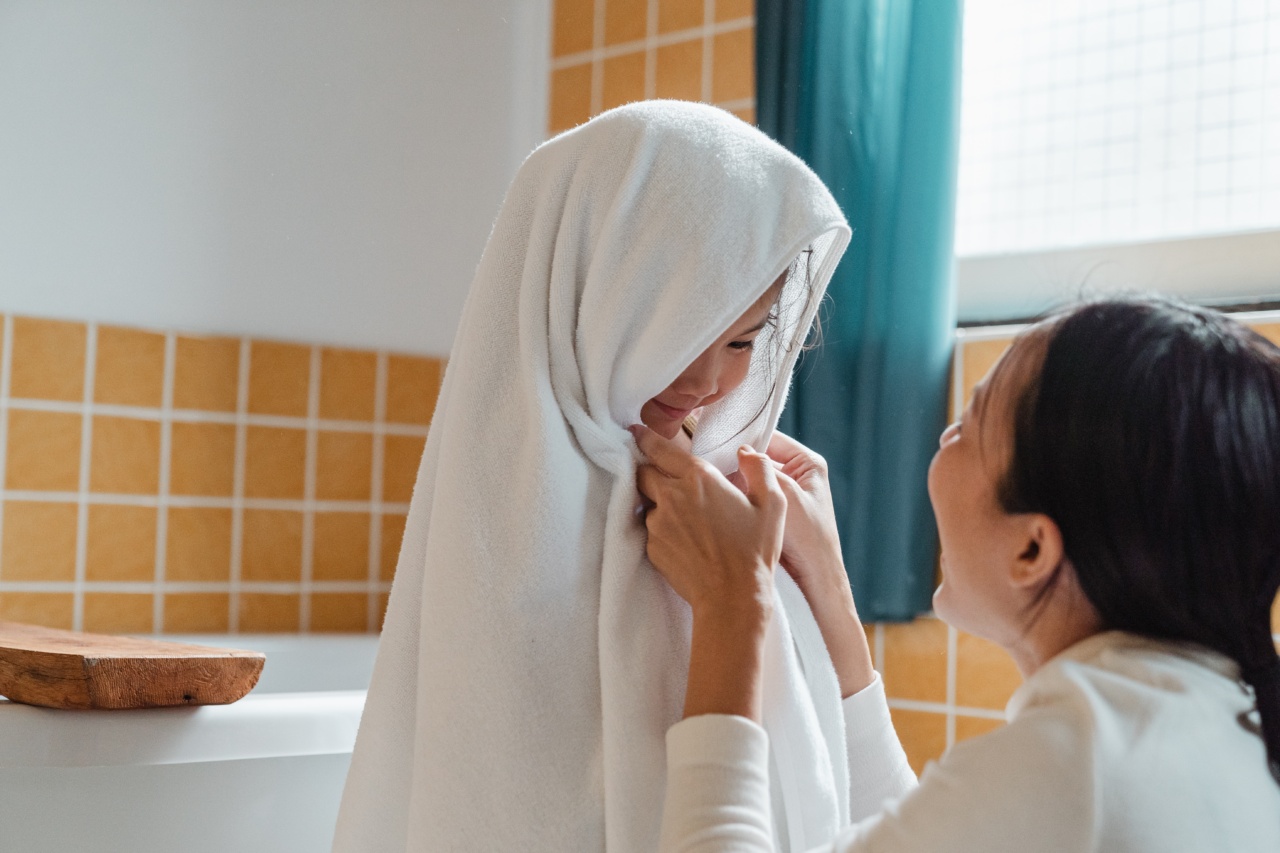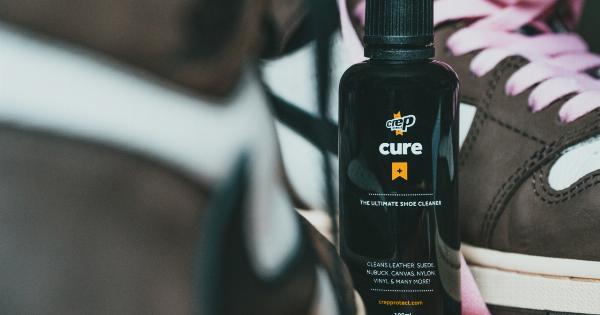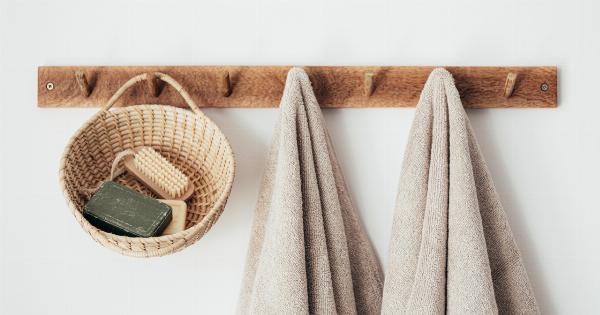Children with eczema require special care when it comes to their bathing routine. The right bathing routine can help soothe their skin, relieve itching, and prevent flare-ups.
Here are some tips to consider when establishing the ideal bathing routine for a child with eczema.
1. Choose the Right Products
When it comes to bathing a child with eczema, the choice of products is crucial. Opt for gentle and fragrance-free cleansers or mild soaps specifically formulated for sensitive skin. Avoid harsh detergents and soaps that may irritate the skin.
Look for products that are hypoallergenic and free from harsh chemicals such as parabens, sulfates, and artificial fragrances.
2. Adjust the Water Temperature
The water temperature during a bath can greatly impact a child’s eczema-prone skin. Use lukewarm water instead of hot water, as hot water can strip the skin of its natural oils and worsen dryness and itching.
Test the water with your wrist or elbow before bathing the child to ensure it is comfortably warm but not too hot.
3. Keep Bath Duration Short
While a long, luxurious bath may seem relaxing, it is not ideal for a child with eczema. Keep the bath duration short, ideally between 5 to 10 minutes. Prolonged exposure to water can lead to further drying of the skin.
It is important to strike a balance between proper cleansing and minimizing the drying effects of water.
4. Use a Gentle Cleansing Technique
When bathing a child with eczema, it is important to use a gentle cleansing technique. Avoid vigorous scrubbing or rubbing, as it can further irritate the skin and trigger itching.
Instead, use a soft washcloth or your hands to gently cleanse the skin without causing friction. Pat the skin dry using a soft towel immediately after the bath, leaving some moisture on the skin.
5. Moisturize Immediately
Moisturization is key to managing eczema. After bathing, apply a generous amount of emollient or moisturizer to the child’s damp skin. Look for fragrance-free and hypoallergenic moisturizers specifically formulated for eczema-prone skin.
Apply the moisturizer within 3 minutes of bath completion to lock in the moisture and prevent skin dryness.
6. Spot Treat Inflamed Areas
If there are inflamed or itchy areas on the child’s skin, consider spot treating them during the bath. Add a few drops of bath oil, colloidal oatmeal, or baking soda to the bathwater. These ingredients can help relieve itching and inflammation.
However, it is important to consult with a pediatrician or dermatologist before trying any bath additives.
7. Avoid Bubble Baths and Harsh Soaps
Bubble baths and harsh soaps can be extremely drying and irritating for children with eczema. They often contain chemicals and fragrances that can cause flare-ups and worsen existing symptoms.
It is best to avoid these products altogether, opting for gentler cleansers or mild soaps instead.
8. Consider Using a Moisturizing Bath Oil
A moisturizing bath oil can be a great addition to a child’s eczema bathing routine. Look for bath oils that are specifically formulated for eczema-prone skin. These oils can help replenish the skin’s moisture barrier and alleviate dryness.
However, it is important to rinse off the bath oil thoroughly after bathing to prevent any residue that may lead to irritation.
9. Apply Prescription Treatments as Directed
If your child has been prescribed any medicated creams or ointments, follow the instructions provided by the pediatrician or dermatologist.
Some treatments may need to be applied before bathing, while others may be more effective when applied immediately after a bath. Understanding the timing and frequency of application can maximize the treatment’s effectiveness.
10. Stay Consistent
Consistency is key in managing eczema. Establishing a regular bathing routine and sticking to it can greatly improve the child’s skin condition.
Consistent moisturization, careful product selection, and proper cleansing techniques can help reduce flare-ups and maintain healthy skin.
By following these tips and incorporating them into the bathing routine for a child with eczema, parents can effectively manage their child’s condition and promote healthier, more comfortable skin.




























